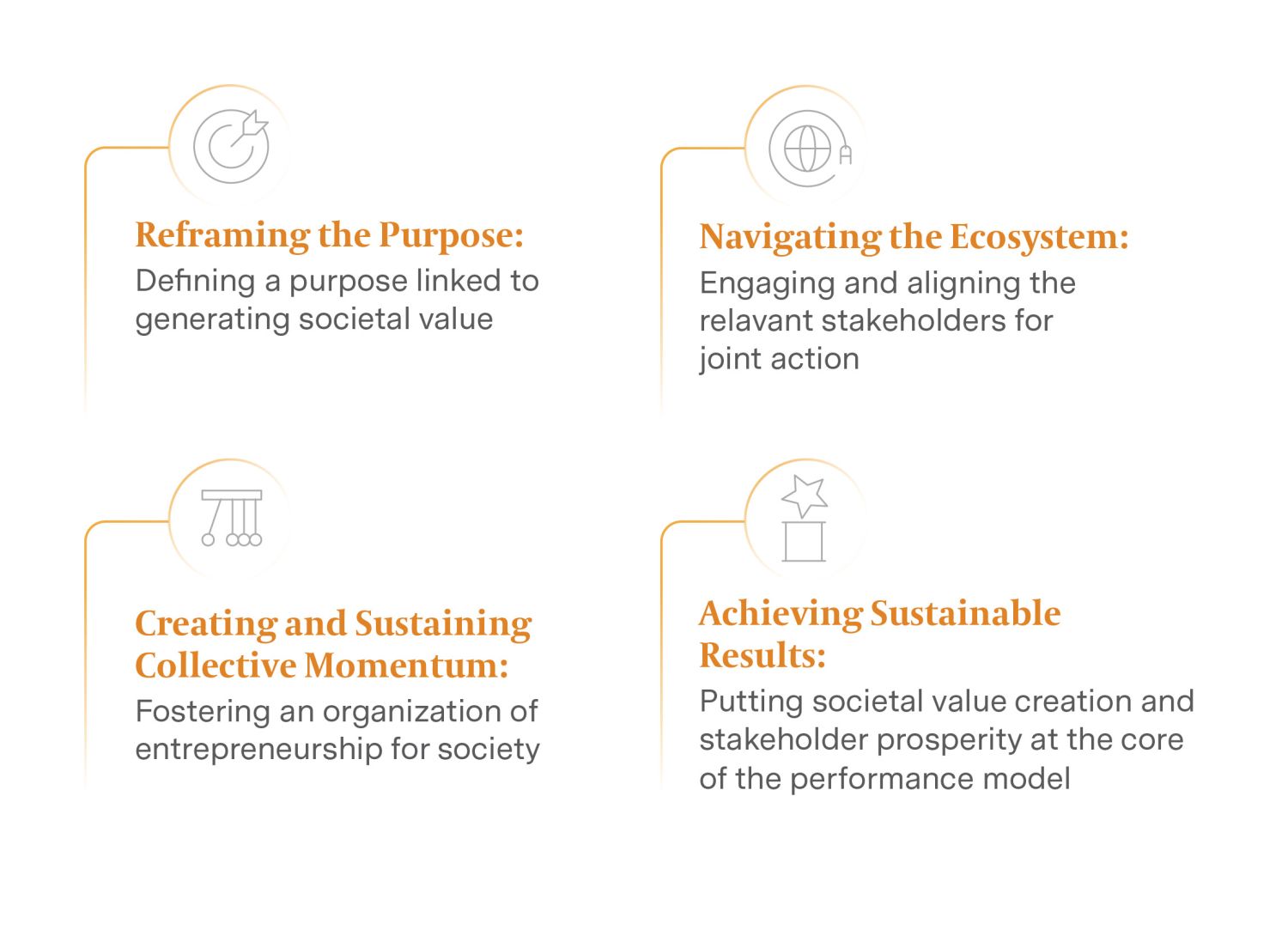Plastics circularity is becoming a game changer for the chemicals sector and being marketed as the optimal strategy for single-use plastics from huge brands like PepsiCo, Unilever and Colgate Palmolive. It is different than conventional recycling (which cleans, shred and then melts plastic into pellets to be integrated into the making of new products) in that it uses a technology to break down the plastics in a high heat, low oxygen environment that separates their molecular bonds. The intent behind this technology is to allow for plastics recycling to produce a “good as new” plastic product. While there are some concerns around how energy-intensive the process is, a report from Research and Markets, an industry analysis firm, shows that globally the market for this advanced chemical circular plastics technology is projected to exceed $9 billion by 2031, up from $270 million in 2022.
The Traits of Sustainable Leadership
The Traits of Sustainable Leadership
With this major industry change and its predicted profitability, there has become a growing need for “sustainable” leaders in the chemical sector. To set the direction and create impact and followership, these leaders need to adopt a different mindset, and master a changed behavioral repertoire.
In our sustainable leadership framework we have identified four key dimensions of leadership behavior that we assess for—having determined these as the core, critical factors which will have the biggest impact on driving sustainable value creation:

Developing the Future-Ready Leaders
Developing the Future-Ready Leaders
Leaders who can meet these goals do not come ready-made. They must be discovered and carefully developed. Getting to this point of expanded leadership capacity requires an intentional investment in assessment and development. We have added our sustainable leadership competency to our traditional assessment framework to help chemical companies better understand and uncover what the current level of performance is and identify the path ahead.
In an outcome analysis of our work, our assessment approach has proven to predict executive performance with up to ~90% accuracy. We’ve found that having good leaders isn’t good enough. Today’s challenges require more. When executives reach higher levels on Egon Zehnder’s competencies, revenue grows. We’ve also found that for above-average growth, companies need a critical mass of senior executives with superior levels of leadership. To belong to the top quartile of growth companies, at least 40% of the senior executives must excel in critical competencies.
Upon uncovering a leader’s potential, their growth is greatly enhanced by our experience with and focus on their vertical development. In the past, leadership programs have centered primarily on horizontal development and therefore on adding to the relevant knowledge and skills which help leaders know “what to do.” This is analogous to adding apps to an iPhone. This way of supporting leaders has served well over the years and continues to. Still, as the world becomes increasingly less predictable and more complex, increased attention to vertical development has come to matter more—analogous to updating an operating system.
Vertical development refers to advancement in a person’s capacity to deal with complexity and therefore aims to influence how leaders conceive ideas and how they understand the world and themselves. So, in addition to considering which competencies best help leaders perform, we now need to keep developing and expanding their identities to show up differently, more emboldened and ready to take on and lead others through the many challenges of the increasingly uncertain realities of business.
Growing these effective, sustainable leaders for the chemical sector will be an ongoing journey. It will involve a committed investment in the assessment and vertical development of those candidates who demonstrate the greatest potential to deliver sustainable organizational growth. Looking ahead, the addition of these future-oriented new chemical leaders will add immeasurable value and growth to expanding the sector.





